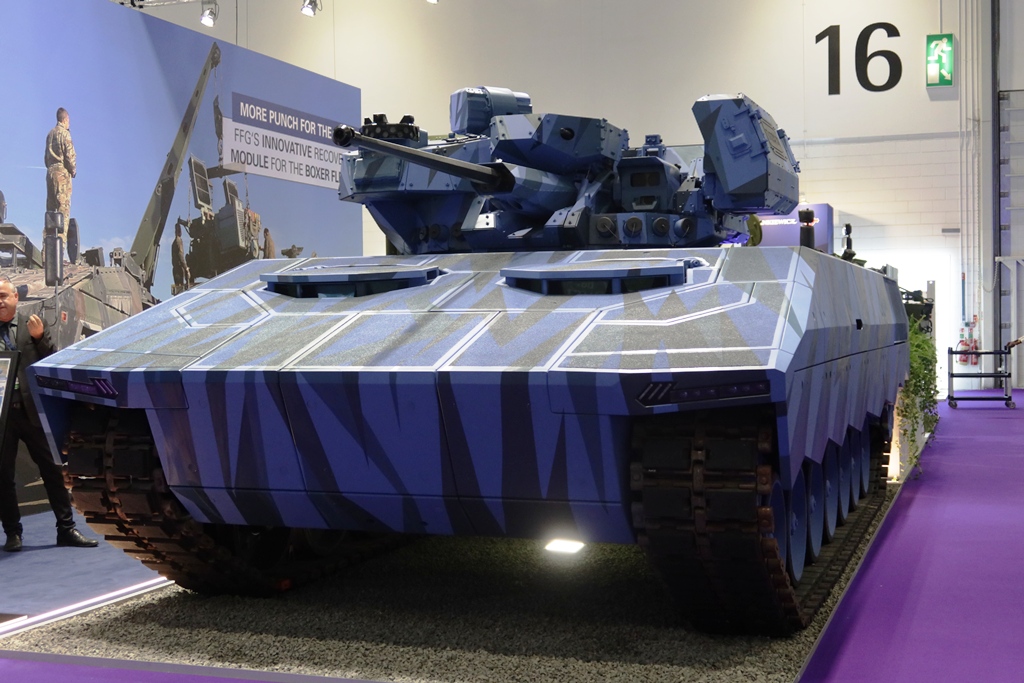US Coast Guard Invests in Robotics and Autonomous Systems
The United States Coast Guard (USCG) is poised to allocate approximately $350 million to enhance its robotics and autonomous capabilities, as confirmed on September 24. This strategic initiative aims to bolster operational efficiency and mission success through modern technology.
Financial Commitment for Upgrades
Included in this investment is $11 million earmarked for the fiscal year 2025 to execute immediate enhancements to crucial autonomous systems. The USCG’s commitment underscores its recognition of the increasing importance of automation in maritime operations.
Allocation of Initial Funding
The initial tranche of funding will be directed towards several key purchases:
- VideoRay Defender Remotely Operated Vehicles (ROVs): $4.8 million will be utilized to acquire 16 ROVs, intended to replace the aging fleet of deployable specialized forces.
- QinetiQ Squad Packable Utility Robots (SPUR): $2 million will be allocated for the procurement of six SPURs and 12 mini-SPURs, aimed at modernizing the unmanned ground vehicles used by strike teams.
- SkyDio X10D Short-Range Unmanned Aircraft Systems (SR-UAS): $4.3 million will fund 125 units, enhancing aerial capabilities for various missions.
Anthony Antognoli, the inaugural Robotics and Autonomous Systems (RAS) program executive officer for the USCG, articulated the strategic advantages of these investments, noting that “These unmanned systems provide increased domain awareness, mitigating risk and enhancing mission success.”
Operational Applications of New Technologies
The newly acquired ROVs will serve a variety of roles, including:
- Waterfront and Pier Inspections: Enhancing the safety and thoroughness of assessments.
- Hull Evaluations: Facilitating underwater inspections without the need for diver involvement.
- Disaster Response and Search-and-Rescue Missions: Expediting operations during critical scenarios.
Furthermore, USCG strike teams—tasked with managing hazardous material spills, major marine incidents, natural disasters, and CBRN threats—will utilize the new UGVs to effectively access and analyze air in confined environments aboard commercial vessels.
The SR-UAS will also play a crucial role in:
- Infrastructure Assessments: Providing aerial oversight for structural integrity.
- Environmental Monitoring: Tracking pollution and assessing impacts post-storm.
- Ice Surveys: Offering vital data for navigational safety in icy conditions.
Strategic Outlook
The USCG’s ongoing investments in robotics and autonomous technologies reflect a broader trend within defense sectors to leverage advanced systems for enhanced operational capability. By integrating these innovative solutions, the service not only emphasizes safety and efficiency but also positions itself for future challenges in maritime security and environmental stewardship.





